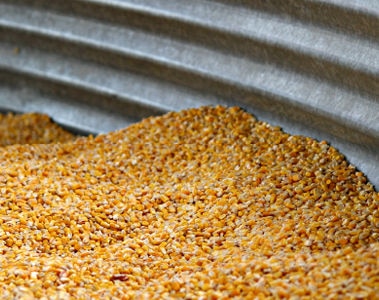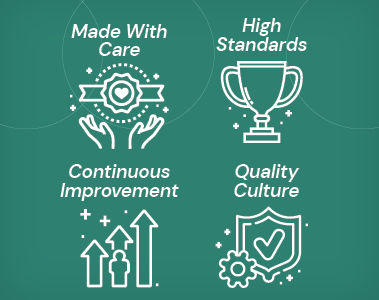
The Importance of Proper Feedstuffs Sampling
16 Dec 2024
How does dsm-firmenich ensure the safety and quality of its animal feed premix while meeting strict regulatory standards? Discover how robust chemical control practices—from handling cleaning agents to waste management—play a pivotal role in preventing contamination and ensuring compliance. This article unveils key strategies to enhance operational excellence and build customer trust. Don’t miss this essential guide for staying ahead in the animal feed industry.
In animal premix production, managing non-ingredient chemicals such as cleaning agents, lubricants, and pest control substances is as crucial as handling ingredients like vitamins and minerals. Effective control of these chemicals mitigates risks like cross-contamination and ensures compliance with the FDA’s Food Safety Modernization Act (FSMA) and Canadian Food Inspection Agency (CFIA) regulations, safeguarding both animal and human health.
Compliance with FDA, FSMA, and CFIA standards is essential for our premix operations at dsm-firmenich. Effective management of all chemicals on site ensures these substances do not compromise product integrity. Regular audits and training programs reinforce compliance and operational excellence.
For dsm-firmenich, chemical control is a critical aspect of CGMP (current good manufacturing practices) compliance and regulatory adherence. By implementing rigorous systems and fostering a culture of quality and safety, we can protect our products and ensure we are meeting the highest standards of animal food manufacturing. Future articles in this series will explore related topics, such as Biohazard Prevention.
27 January 2025

16 Dec 2024


15 Jul 2024
dsm-firmenich North America Premix Plants: Committed to the Highest Level of Standards & Quality Premix Products for Animal Nutrition & Health
We detected that you are visitng this page from United States. Therefore we are redirecting you to the localized version.